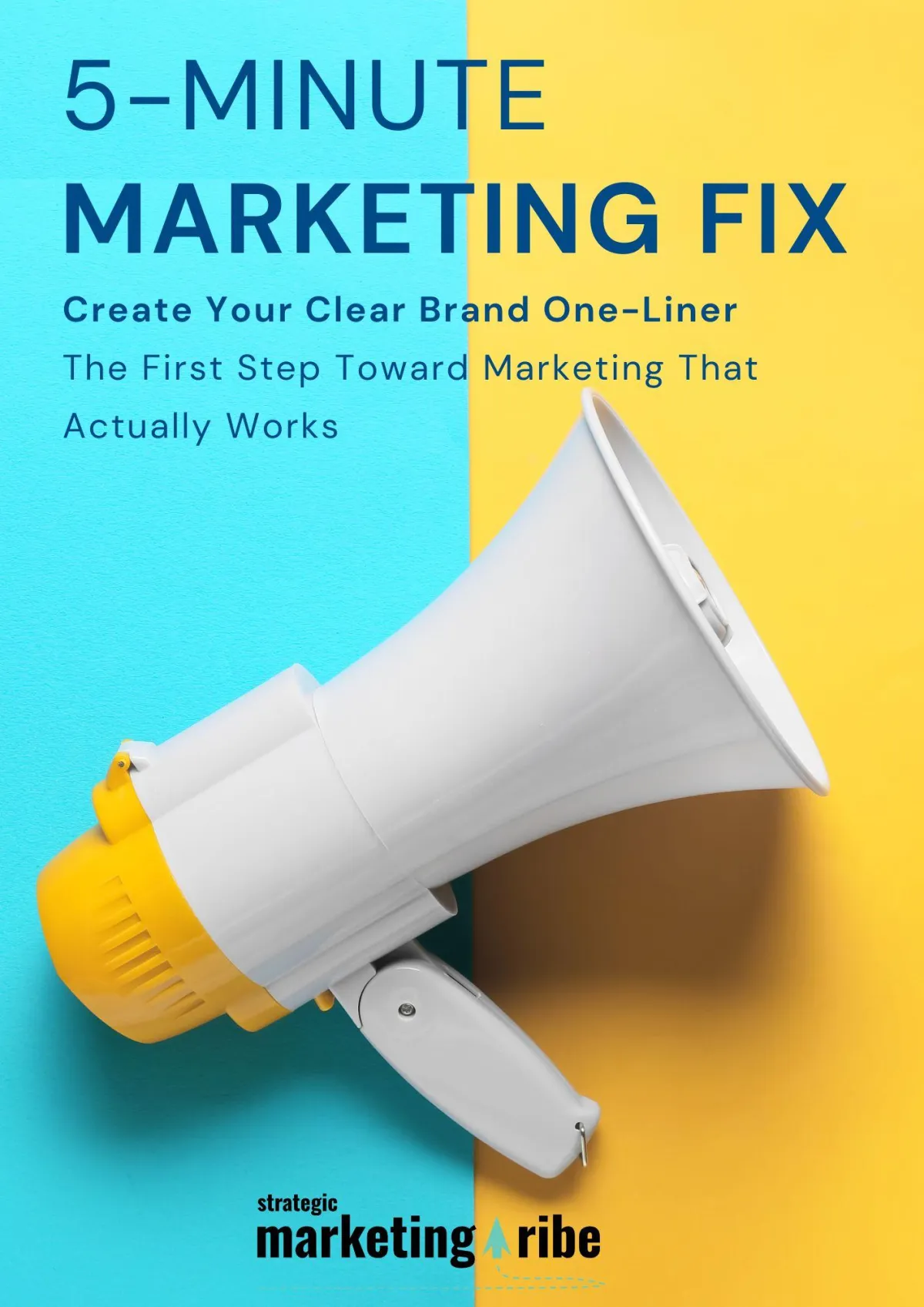NEWS, MEET STRATEGY
Real news, real insights – for small businesses who want to understand what’s happening and why it matters.

AI Slop or Superintelligence? What Sora Tells Us
By Vicky Sidler | Published 22 November 2025 at 12:00 GMT+2
If your pitch deck promised to change the world but you delivered a knockoff TikTok full of stolen faces and Nazi SpongeBobs, you might not be building the future. You might be flailing.
According to comedian and commentator Adam Conover, that’s exactly what’s happening with OpenAI’s new app, Sora 2. It’s glossy. It’s AI-generated. And it might be the clearest sign yet that the AI bubble is wobbling hard.
Because for all the talk of transforming work, curing cancer, and building superintelligence, what we got was... another feed. One that costs a fortune to run and makes zero profit.
Let’s break down what this means for small business owners trying to make sense of the AI noise.
TL;DR:
Sora lets users generate AI videos—many creepy, most pointless
OpenAI loses money on every video and has no clear monetisation plan
The app is full of IP violations, deepfakes, and ethical landmines
AI investment is propping up the economy—but may not be sustainable
Business owners should focus on strategy and message, not hype
👉 Need help getting your message right? Download the 5-Minute Marketing Fix
Table of Contents:
AI Slop or Superintelligence? What Sora Tells Us
What Sora Is and Why It Matters:
Why Big Tech Is Obsessed with Apps Like This:
The Bigger Risk—The AI Bubble:
What This Means for Small Business Owners:
1. Confused Messaging Is Costing You Leads
2. How to Pick the Right Clients and Watch Your Business Thrive
3. Turn One Piece of Content Into Ten
4. Hub Pages: The Smart Way to Boost SEO
5. Stop Targeting Everyone: Why Clarity Beats Volume
FAQs About Sora, AI Hype, and What It Means for Your Business
1. What is Sora and why does it matter?
2. Why is OpenAI losing money on Sora?
3. What’s the bigger risk behind Sora?
4. How is this connected to the economy?
5. Should small businesses be using AI like this?
6. Is AI still useful for small business owners?
7. What’s the first step if I want clarity instead of chaos?
What Sora Is and Why It Matters:
Sora 2 is OpenAI’s shiny new toy. It lets users type prompts to generate full video clips, including scenes with real people—dead or alive—and copyrighted characters.
So far, it’s been used to:
Turn Sam Altman (OpenAI’s CEO) into a human meme
Make fake political videos designed to mislead
Generate racist, offensive, or downright weird content
Users are burning through computing power like toddlers at a sugar buffet, costing OpenAI an estimated $5 per video. There are no ads. No business model. No plan.
If this is the future of AI, it looks like chaos dressed up as progress.
Why Big Tech Is Obsessed with Apps Like This:
Right now, AI investment is doing the economic heavy lifting.
Without it, we’d be in a full-blown recession. In the first half of 2025, AI spending accounted for all GDP growth in the US. That’s a lot of pressure riding on tech companies to release something—anything—that looks like progress.
Sora isn’t just a product. It’s a decoy.
By flooding the app store with AI-generated slop, OpenAI keeps the hype alive while it buys more time to figure out how to turn any of this into money.
The Bigger Risk—The AI Bubble:
Conover calls it what it is—a bubble.
A lot of money has been poured into building AI infrastructure, including data centres and chips that go obsolete faster than you can say "graphics card." Tech CEOs promise superintelligence. Investors nod. Meanwhile, regular people foot the bill when the market stumbles.
Studies from MIT and University of Chicago already show that AI tools don’t make most workers more productive. They often just add noise.
Even top researchers don’t believe current models can ever become smarter than humans. Yet companies like OpenAI, Meta, and Anthropic are betting trillions that they will.
What This Means for Small Business Owners:
Here’s the thing. You don’t need to chase AI trends. You don’t need an app. You need a message that’s clear, consistent, and trustworthy—one that cuts through the noise when your audience is tired of tech they can’t trust.
If the big guys are distracted by slop apps and fantasy metrics, there’s opportunity for you to build real connection with real people.
Start by making sure your marketing message actually makes sense to your customers. Use my 5-Minute Marketing Fix to get your one-liner sorted in minutes.
Because if your message is clear, you won’t need AI tricks to get noticed.
Related Articles:
1. Confused Messaging Is Costing You Leads
If Sora taught us anything, it’s that noise doesn’t convert. This article walks you through how to clarify your message so people actually listen.
2. How to Pick the Right Clients and Watch Your Business Thrive
Big tech is busy chasing everyone. You shouldn’t be. Learn why narrowing your focus leads to real growth—not just hype.
3. Turn One Piece of Content Into Ten
You don’t need to burn through cash to scale. This post shows how to multiply your reach without multiplying your workload—or your server bills.
4. Hub Pages: The Smart Way to Boost SEO
While AI churns out chaos, this strategy helps you organise your content in a way that search engines and customers both love.
5. Stop Targeting Everyone: Why Clarity Beats Volume
Sora tried to win everyone and impressed no one. This article shows how being specific actually gets you more results, not fewer.
FAQs About Sora, AI Hype, and What It Means for Your Business
1. What is Sora and why does it matter?
Sora is OpenAI’s video generation app that turns written prompts into short video clips. It’s being marketed as a major leap in AI, but it’s currently filled with copyright issues, deepfakes, and ethically questionable content. The real concern? It’s being used to fuel hype, not solve problems.
2. Why is OpenAI losing money on Sora?
Each video reportedly costs OpenAI around $5 to generate, and there’s no revenue model in place. No ads. No fees. Just expensive AI experiments being propped up by investor funding.
3. What’s the bigger risk behind Sora?
It’s not just about one app. Sora reflects a wider pattern in the AI industry—releasing flashy products to keep investor interest high, even if the tech is unsustainable or harmful. This suggests the whole sector may be overvalued and heading for a crash.
4. How is this connected to the economy?
AI investment is keeping parts of the economy afloat. In the first half of 2025, AI was responsible for all GDP growth in the US. If the AI bubble bursts, the effects could ripple out into jobs, savings, and retirement funds—especially for ordinary people, not the tech elite.
5. Should small businesses be using AI like this?
No. Small businesses should be using AI to support their strategy—not replace it. Focus on clear messaging, consistent content, and trust. Don’t follow the hype. Build what works.
6. Is AI still useful for small business owners?
Yes, in the right context. Tools like ChatGPT can help with writing, scripting, and planning. But your message needs to come first. AI is the assistant, not the boss.
7. What’s the first step if I want clarity instead of chaos?
Start with your message. If your audience doesn’t understand what you offer and why it matters, no tool will fix that. That’s where the5-Minute Marketing Fix can help—it helps you write one clear sentence that builds trust instantly.

Created with clarity (and coffee)







